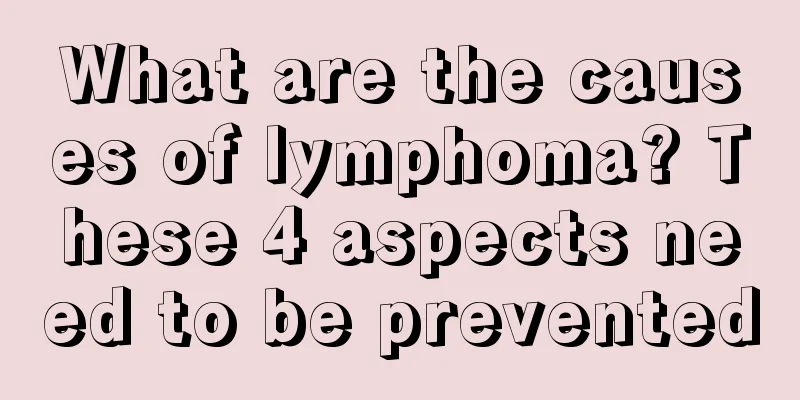What is myocarditis

|
Myocarditis is actually a very common disease in life. But if we have not come into contact with patients with myocarditis, it is difficult to know the impact of this disease on us. So, what is myocarditis? To put it simply, there are some inflammatory lesions in our myocardium, which lead to symptoms such as arrhythmia. In fact, there are already very complete treatment options for myocarditis. Myocarditis refers to a disease characterized by localized or diffuse inflammatory lesions of the myocardium. According to the established Dallas criteria, the histological evidence of myocardial infiltration is myocardial inflammatory cell infiltration accompanied by degeneration and necrosis of adjacent myocardial cells. In 1991, Lieberman divided myocarditis into fulminant myocarditis, acute myocarditis, chronic active myocarditis and chronic persistent myocarditis based on the histological changes and clinical manifestations of myocardial biopsy. The clinical manifestations of myocarditis are diverse, ranging from no symptoms to severe arrhythmias, acute heart failure, cardiogenic shock and even death. Endomyocardial biopsy is the "gold standard" for the diagnosis of myocarditis. The treatment of myocarditis is mainly symptomatic and supportive, mainly for active treatment of shock, heart failure, arrhythmia and other comprehensive treatments, especially for the treatment of patients with fulminant myocarditis. Myocarditis is often caused by common viral infection or immune response after viral infection. The causes include infectious and non-infectious. Infectious agents include bacteria, fungi, protozoa, parasites, spirochetes, rickettsiae, and viruses. Non-infectious factors include the following: (1) immune-mediated diseases (allergens, alloantigens, autoantigens); (2) toxicity (drugs, heavy metals, biological toxic substances, physical damage, etc.). The most common cause is viral infection, and other factors are less common. The clinical manifestations of myocarditis vary, mainly depending on the extent and severity of the lesions. A few cases may be completely asymptomatic. Mild cases may present with non-specific symptoms such as fever, cough, and diarrhea. Severe cases may present with serious arrhythmias, heart failure, cardiogenic shock, and even death. Therefore, the possibility of diagnosing myocarditis based on clinical symptoms alone is low. According to the clinical manifestations, myocarditis is divided into mild, subclinical, latent progressive, acute dilated cardiomyopathy, atrioventricular block, myocardial infarction-like and sudden death types. |
>>: Soy sauce production process
Recommend
What to do if you lose your hair
Hair loss is a common symptom, mainly the phenome...
Early symptoms of cervical cancer Is vaginal bleeding an early manifestation of cervical cancer?
What are the clinical symptoms of cervical cancer...
How many years can a person with hepatitis C live? How long can a person with hepatitis C live?
Many people feel scared when they hear about hepa...
What's wrong with the pimples on my eyes
If there are lumps on your eyes, they must be tre...
Can I use soap to take a bath?
Both soap and shower gel have the function of cle...
What should be done in preoperative care for laryngeal cancer
Laryngeal cancer is a type of cancer. Many people...
What are the good methods of TCM to treat lung cancer? TCM's method of treating lung cancer through syndrome differentiation
The treatment of lung cancer by traditional Chine...
Symptoms of lumbar spondylolisthesis
Our lumbar spine should be S-shaped, and there sh...
How to open your throat when singing
Some people like singing very much, but some peop...
Itching on both sides of scrotum
Many women have gynecological diseases. Similarly...
What are the dangers of low basal metabolism
If the basal metabolic rate is low, the human bod...
How do lung cancer patients exercise
How should lung cancer patients properly treat ac...
What are the reasons for positive urine occult blood
Urine occult blood is a condition in which a larg...
How to treat cracked teeth
Hidden cracks in teeth are also called micro-crac...
What to do if you lose your hair after chemotherapy? How to reduce hair loss?
Some cancer patients need chemotherapy to treat t...









